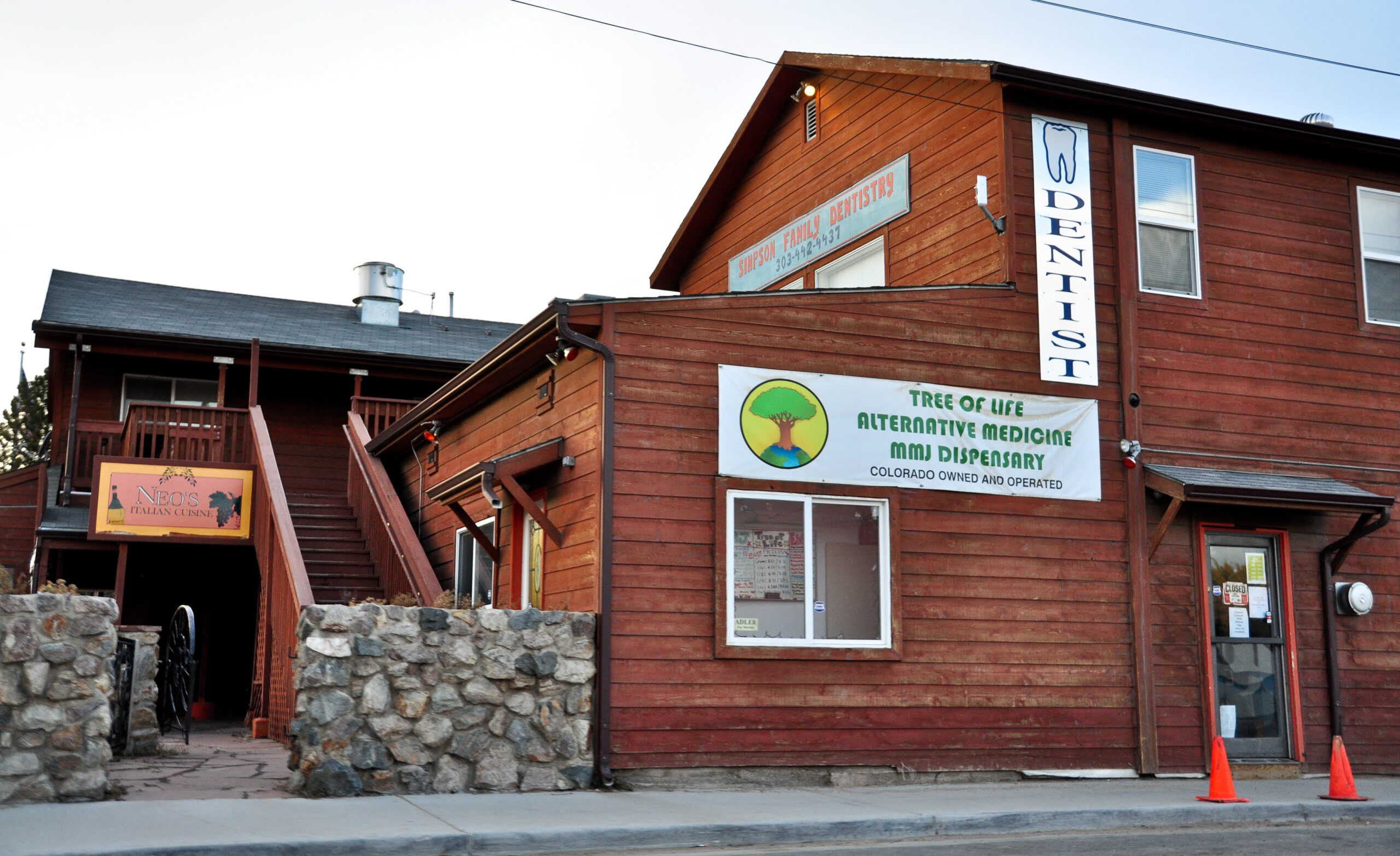Medical marijuana has a long and complicated legal history in the United States and its story is not over yet. It may be relatively easy to get medical cannabis in California via an MMJ card, but this has not always been the case. We often accept the criminalization of marijuana as the norm, while in fact historically it has been quite the opposite.
The history
The use of cannabis for medicinal purposes has been around for centuries. In 1841, an Irish physician called William Brooke O’Shaughnessy introduced the cannabis plant into Western medicine, having studied its numerous healing applications in India over the previous decade and even discovered new applications for the drug.
For the next sixty years marijuana was used frequently all over the United States, although the sale of cannabis and its preparation was generally restricted for medicinal use and some states required an official prescription for the remedy, similar to medical cards in California now. Although many people were using it therapeutically, it was also getting a reputation as a recreational narcotic.

Cannabis use were made illegal in the United States in the 1910s.
Making cannabis illegal
In the 1910s, many US states began to tighten up their legislation on cannabis, although the new laws never made cannabis illegal, merely the recreational use of it. This changed in 1937, when a new act effectively made all possession of marijuana illegal across the USA, even for therapeutic purposes. For the next few decades, harsher punishments became mandatory for those in possession of cannabis.
Despite the increasingly harsh calls for punishment from the federal government, several states decided to take the matters into their own hands and decriminalize cannabis, meaning that possession of a small amount was treated as a civil offence. Oregon decriminalized it in 1973, with ten other states following suit. However, this change in the law did not make it easier for people who wanted to use medicinal cannabis, as it was still illegal to grow the plant and, if caught with a small amount, the authorities would still confiscate it.

MMJ dispensaries are legally allowed to sell medical cannabis in California.
The legalization of medical cannabis in California
Despite many organizations calling for the reinstatement of medical marijuana, nothing changed until 1996. After a few decades of the AIDS crisis and the increasing use of harsh chemotherapy treatments for cancer patients, the demand increased to change the law. The federal government remained unmoved so a group of Californian activists decided to turn to the people. They gathered the 400,000 signatures required to create a statewide ballot.
Californians passed this vote – called Proposition 215 – by more than 55%, thus allowing the use of medical cannabis in California. From then on, people with a valid doctor’s recommendation and their California medical marijuana license were allowed to possess and cultivate cannabis for their own personal medical use. The first dispensary appeared in Fairfax later that year and now California weed dispensaries are even online, making it even easier for patients to get medical cannabis in California.
Despite the voters’ approval of medical cannabis in California, the federal government still tried to stop the spread of the treatment by holding raids and prosecutions all the way up to 2009. The vote caused a tension between state and federal law but that didn’t stop many states following California’s lead. The public’s acceptance of medicinal cannabis in California had massive consequences all around the country. Like dominoes, various states began to legalize some form of medicinal marijuana, beginning with Oregon in 1998 and, most recently, Ohio legalized it in 2016. Currently, 25 states have legalized it with four more states due to vote on the issue in 2016, potentially bringing the number up to 29 by the end of the year.
The future
Even though there have been great gains made by activists in the last two decades, all use of cannabis, whether recreationally or medically, remains illegal under federal law. The United States still remains in an unusual legal position where people who use medicinal cannabis in California and other states are breaking federal law, despite it being legal in their state. In 2013, the Department of Justice issued a memo to say that if states kept their marijuana markets strictly regulated, they would not step in but that they reserved the right to take action when the government’s priorities were being threatened, for example if marijuana was crossing state lines or if minors were in possession.
However, with nearly half of states now allowing medical marijuana and that number set to increase, the federal government policy may need to change in the future, especially as people can now get a cannabis card online. Now more than ever, it’s becoming increasingly probable that in the future there may be a change in federal law, making the use and cultivation of medical marijuana for personal use entirely legal in the United States. The change in law will no doubt come as a welcome relief to the estimated 1.2 million patients who have a medical marijuana card, and the many more who would welcome the opportunity to do so.
